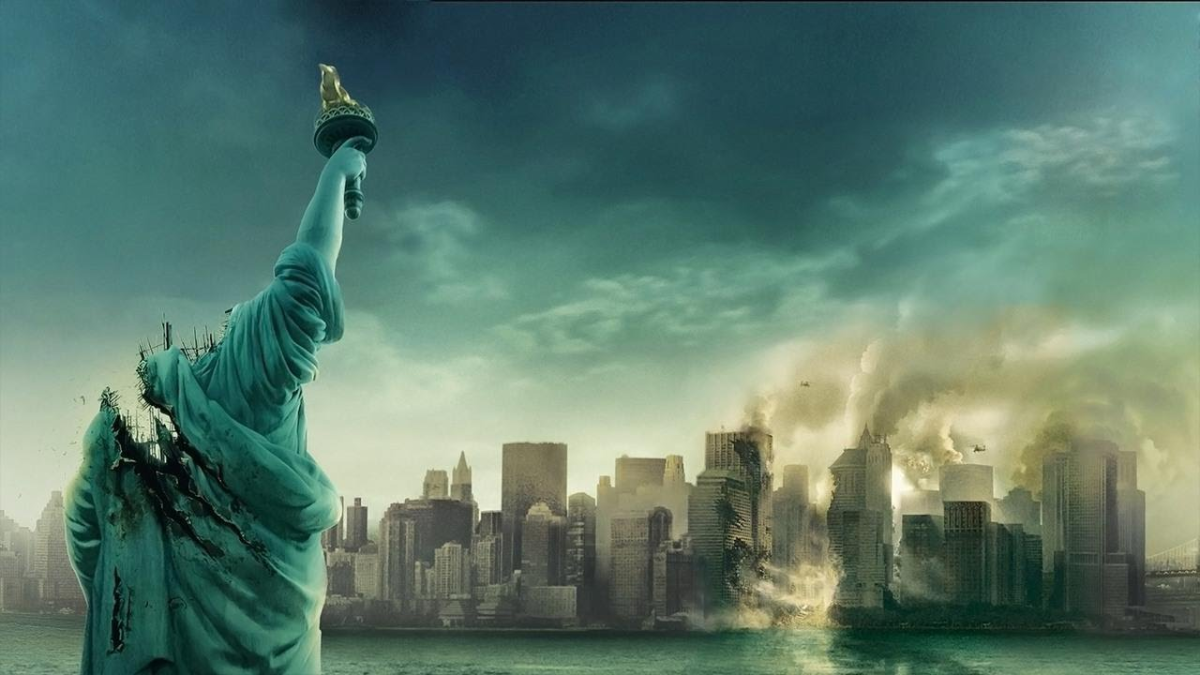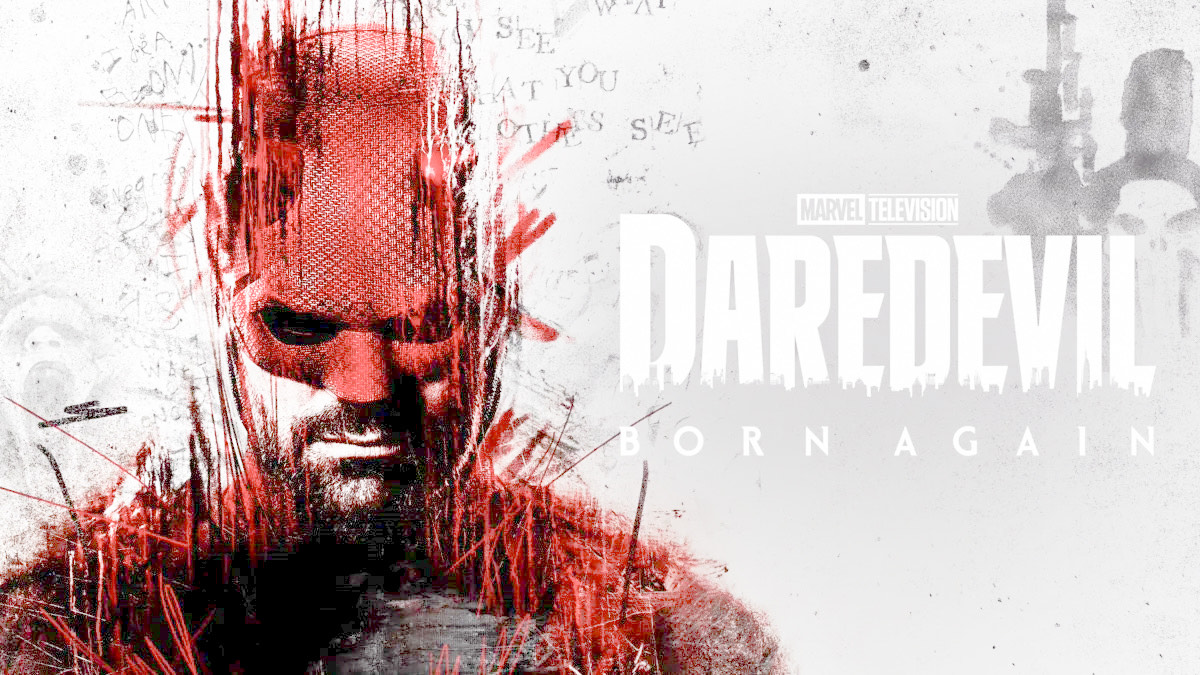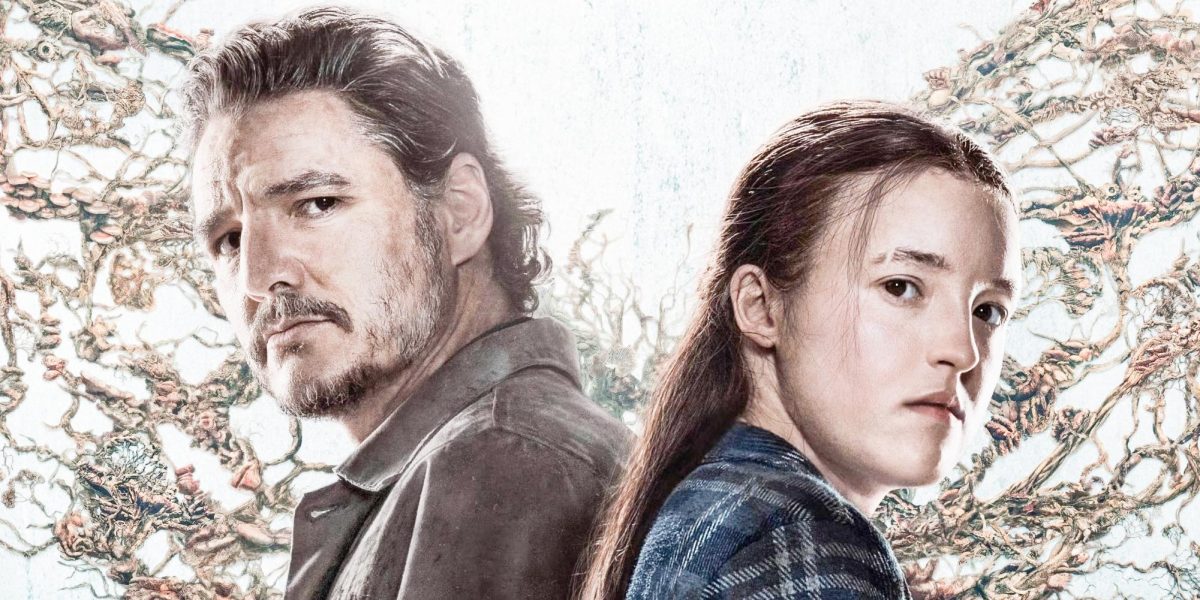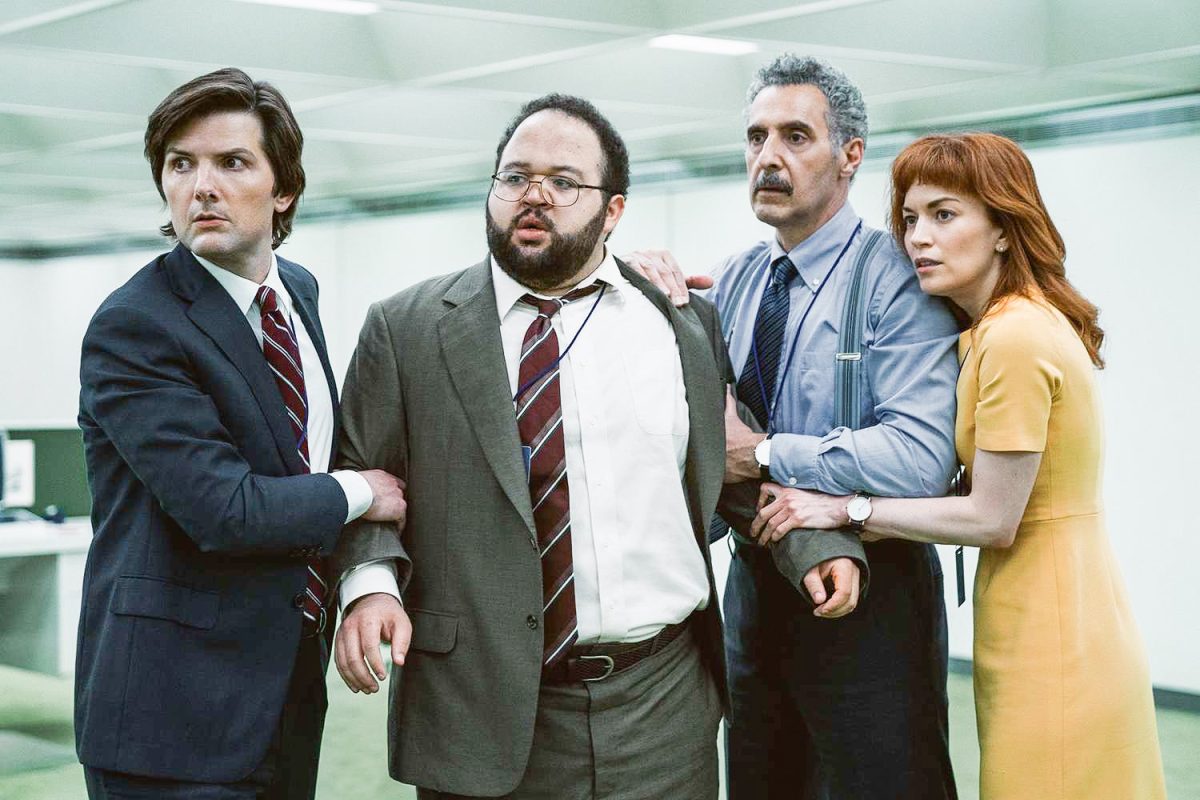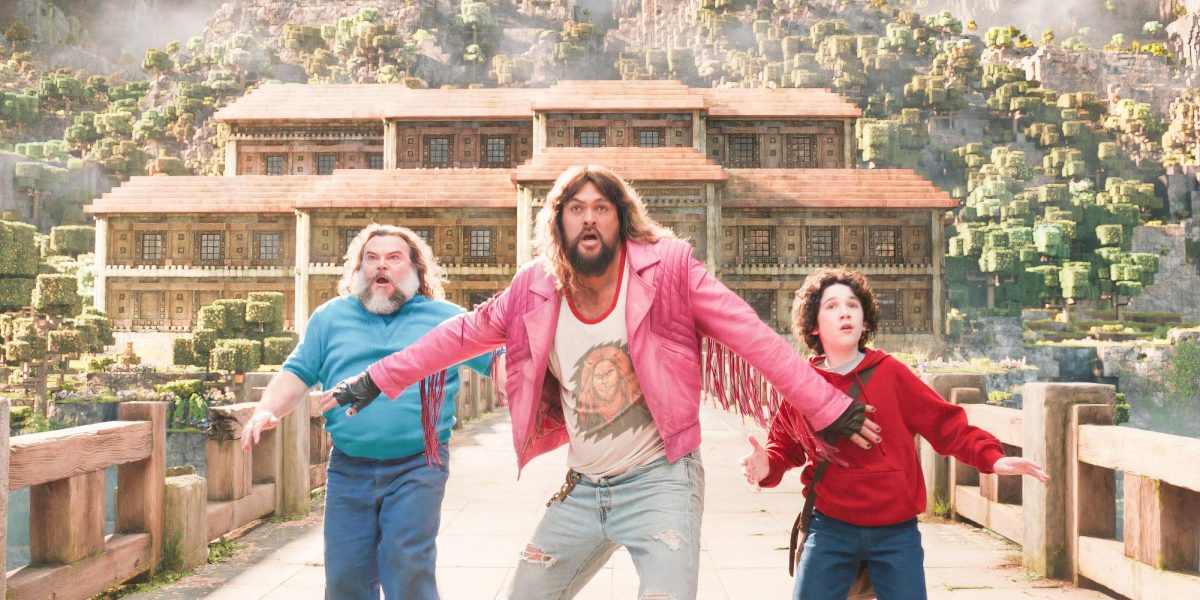There are very few genres of film (specifically horror film) that are more divisive than the so-called “found footage” category. Ever since the Italian exploitation classic “Cannibal Holocaust” sparked a frenzy in both the media and the court of law in 1980, viewers have showered this unique subset of cinema with both healthy praises and much-needed criticism. Though there is more than a handful of lazily conceived and poorly-crafted misfires, the staggering amount of genuine cleverness, commitment to authentic tension-building and sometimes sheer innovation that found-footage films can offer, makes all the ridicule and malice directed towards them unfair and even puzzling.
The very concept of found footage – which is that the audience temporarily buys into the idea that what they are watching is a collection of raw footage documenting real horror – has produced some of the most terrifying sequences in all of horror cinema.
“The Blair Witch Project” launched the genre into the stratosphere over 25 years ago because it was filled with such sequences, providing an uncomfortably realistic portrayal of the visceral horror of becoming lost in the woods with an unseen, unknowable force. The unforgettable images of the main character’s tear-streaked, fear-stricken eyes lit by a flashlight and a man standing in the corner became instantly iconic amidst the paranoia-soaked, nihilistic madness.
Strangely, it took another decade until found footage became a craze with the arrival of “Paranormal Activity,” which was released to the public in 2009 and became an overnight cultural sensation. Looking back, it wasn’t surprising that this relatively radical new take on horror opened with much fanfare, as it didn’t just show everyday people being terrorized by demons but actively put the audience inside their story, making efficient use of all-too-familiar settings, dialogue and home video aesthetics before its shocker of an ending. Both “The Blair Witch Project” and “Paranormal Activity” are among the most successful found-footage films when it comes to return on investment. However, audience scores and discussions seem to suggest that they were rather indifferently received.
Admittedly, most of this criticism seems to come from the chronically online, but it’s still disparaging to see that type of criticism against the genre as a whole, especially when it’s full of so many terrific titles. For example, there’s the zombie thriller “Rec,” which is arguably one of the scariest films ever made. Its sequel weaponizes the found footage format to create one of the most gleefully inventive sequences in the entire horror genre. There’s the heart-breaking mockumentary “Lake Mungo,” the blockbuster “Cloverfield,” (which is one of the most hard-hitting allegories for 9/11) and the largely consistent and enjoyable “V/H/S” anthology series whose massive collection of shorts brought many new concepts to the forefront of the horror genre.
In this new era of technology, the “screen life” approach has come to life with the trashily charming “Unfriended,” the pleasantly Hitchcockian “Searching,” and its spin-off “Missing” and the very scary COVID-19-era “Host.” There are so many great variations on found footage that it’s impossible to recount it all in a single article. The cautionary eco-thriller “The Bay,” the darkly hilarious “Creep” films, the outer space chiller “Europa Report” and the old-fashioned but never less than terrifying “Hell House” films are only a few of the many hidden gems that aren’t explored here. There’s little argument against the lousier aspects of the genre (tendencies towards unlikeable characters, annoying “glitch” effects, uneven pacing, etc), but when there’s so much more to be gained from such a rich goldmine of underrated films, those flaws can become easy to forgive if they are even present at all.


